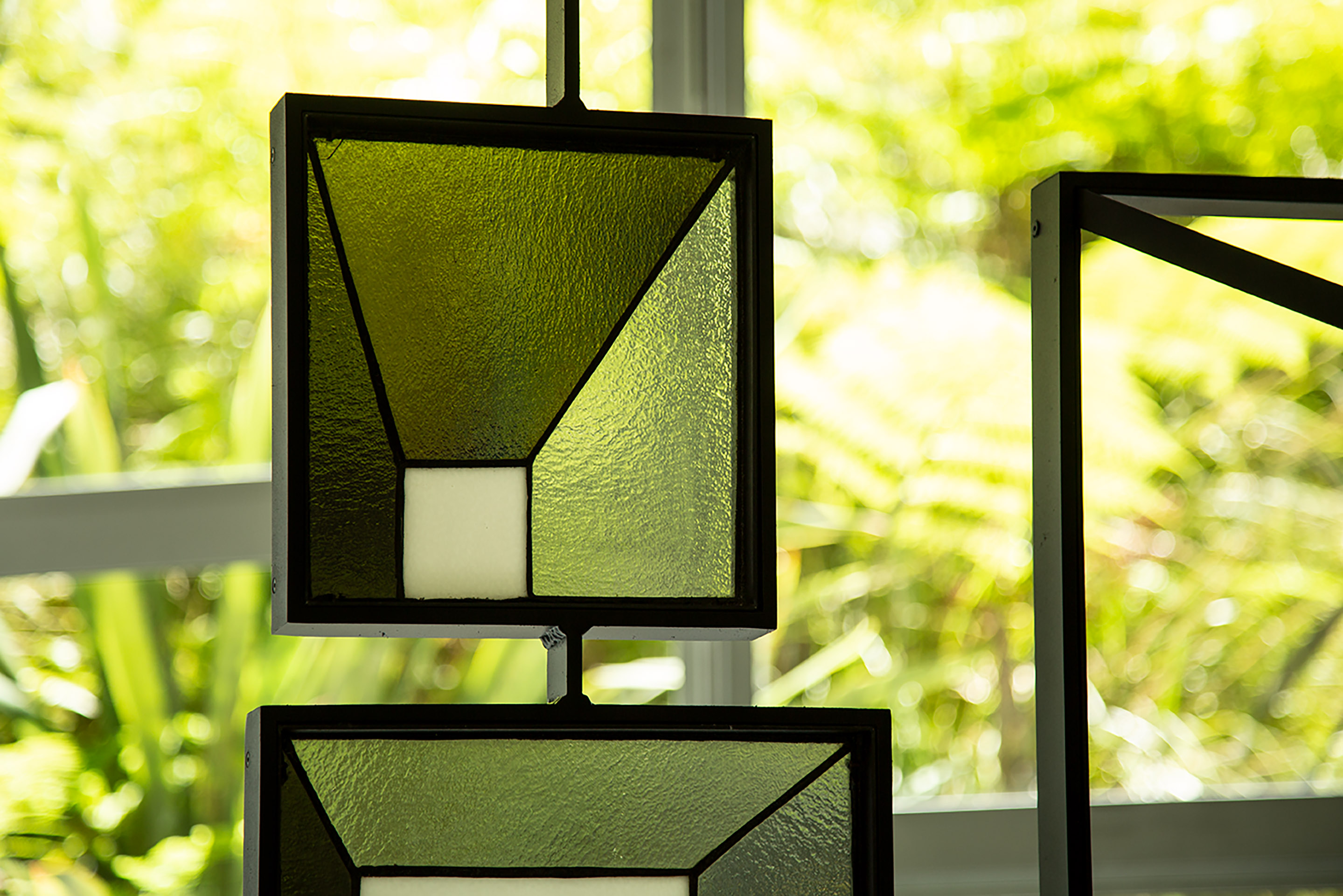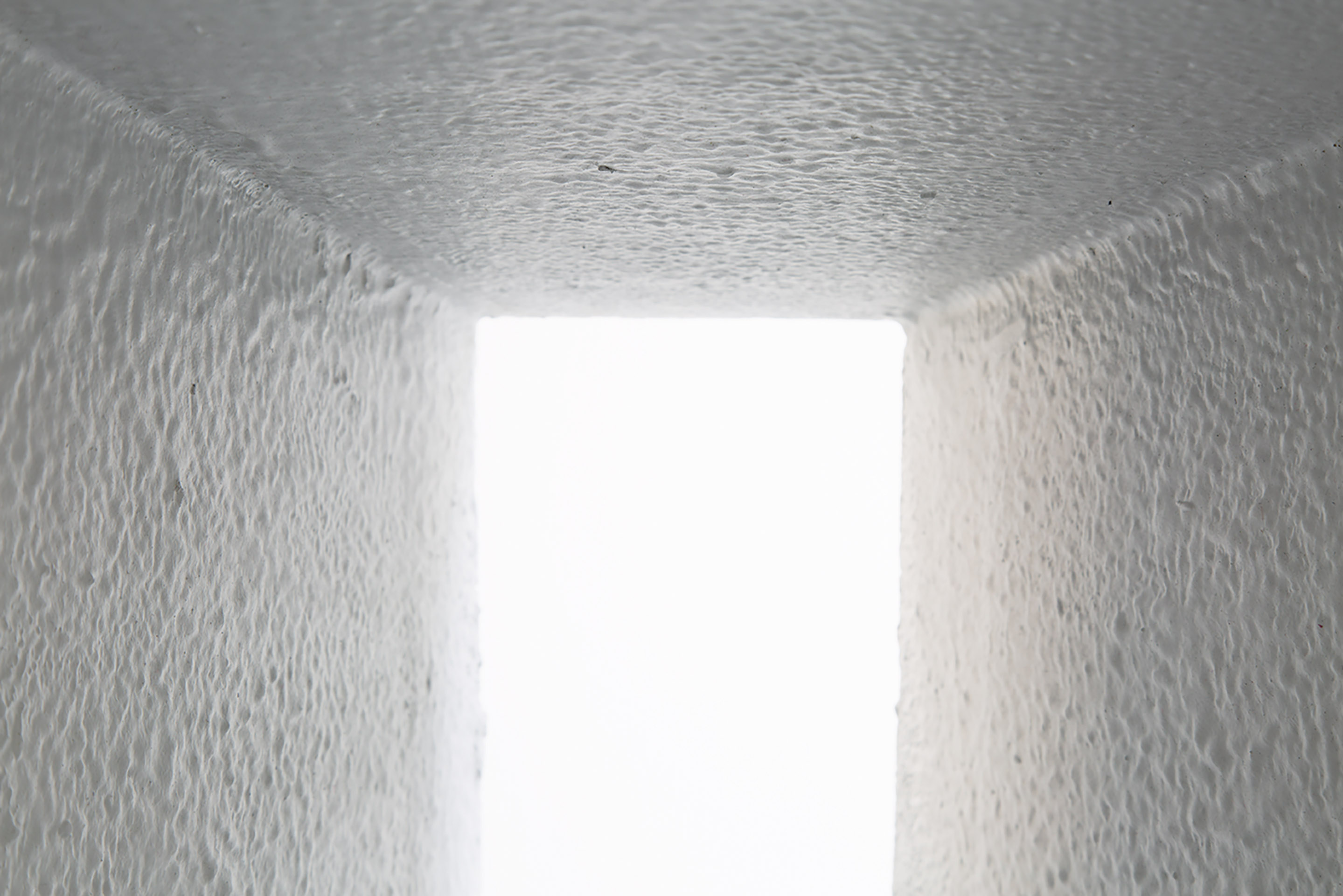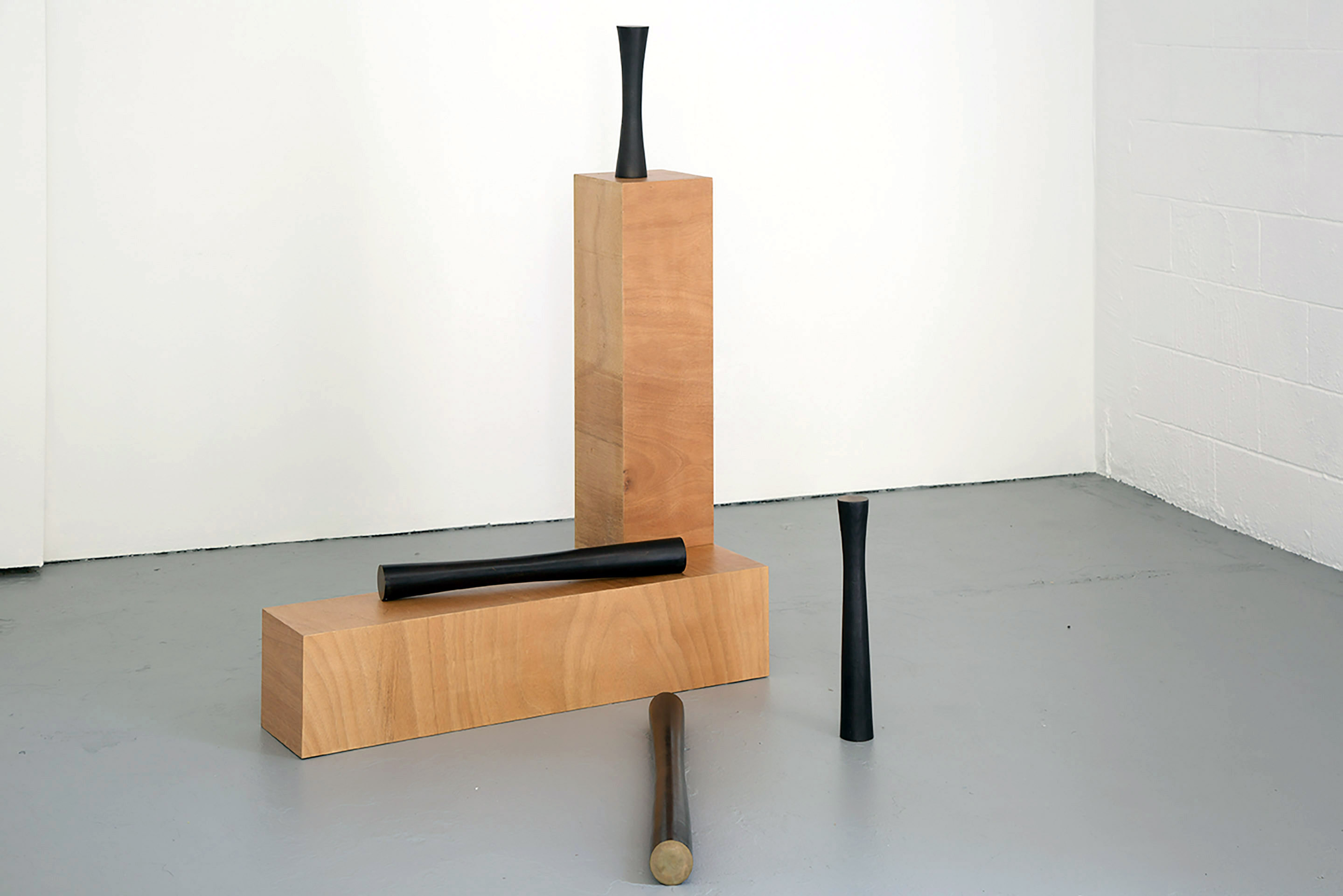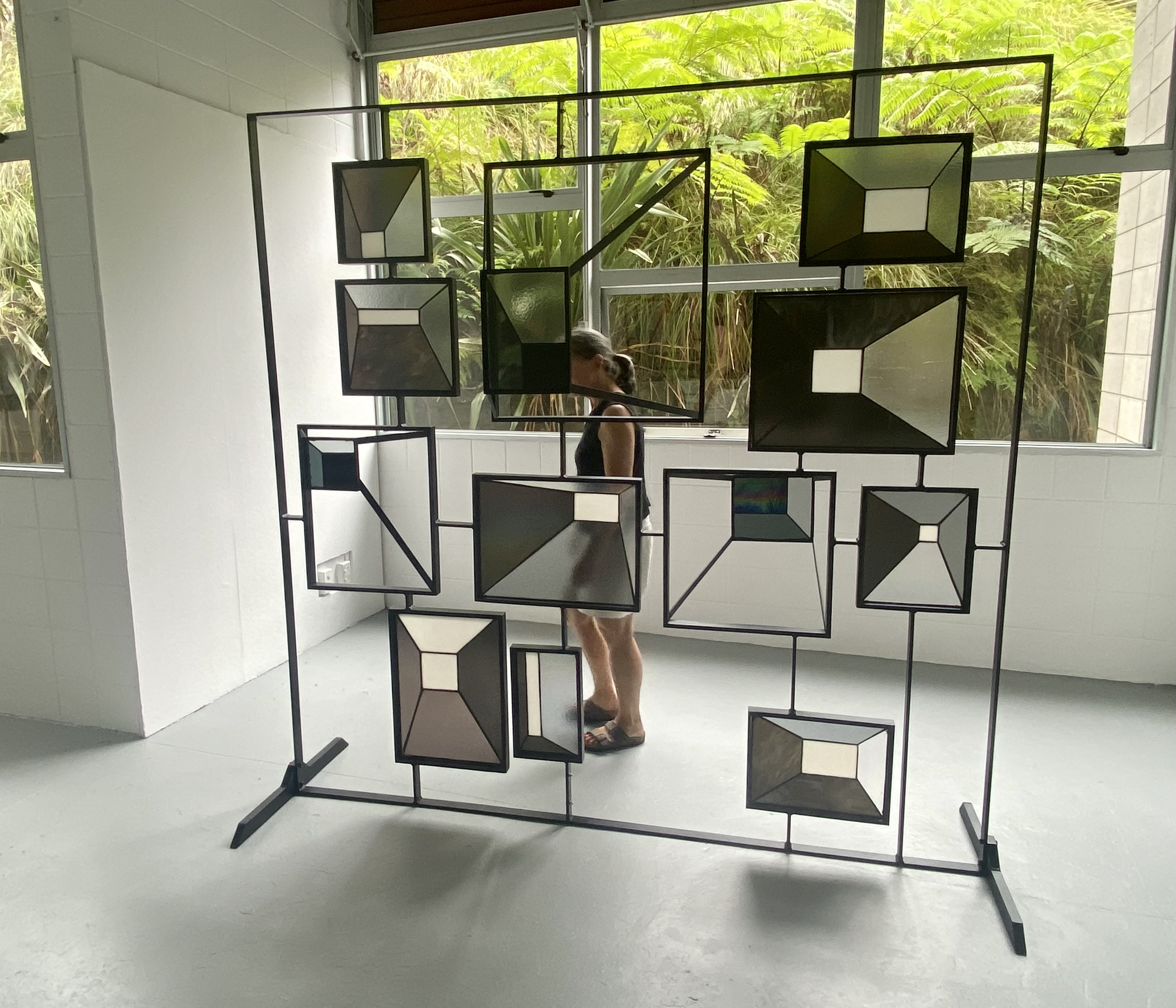+
Translation in the Language of Sculpture
Doctoral Examination Exhibition
Elam School of Fine Arts
Auckland University

To use Nicholas Bourriaud’s description of Translation, I practice translation by inserting myself into a cultural chain, referencing the original work and the response to it for a contemporary audience. The result, as Bourriaud describes, is the “radicant subject [appearing] as a construction or montage, in other words, as a work born of endless negotiation”. As a contemporary cultural critique, the artworks reference how modernism, although often disparaged as a post-script to colonialism, is intertwined with the local history of Aotearoa. The artwork oscillates between the references, favouring neither, leaving the viewer to connect them or create their own response.



Architecture is a vessel and a source of memory. It inhabits, consciously and subconsciously, our everyday lives and is, therefore, an evocative source of reference. Nevertheless, as George Steiner says, all language is unreliable; it is never naked but always inflected by intent and attenuated by the milieu in which it is uttered “we fragment in order to reconstruct desired alternatives, we select and elide”. In this shifting of cultural and semiotic cues, the sculptor publicly presents the translation, as Steiner suggests, not by saying what is but by saying what might be, by bringing about what “the eye and remembrance compose”. —Natalie Guy from Translation in the Languge of Sculpture



